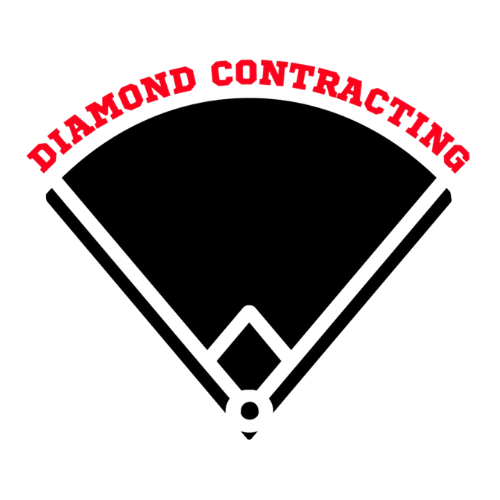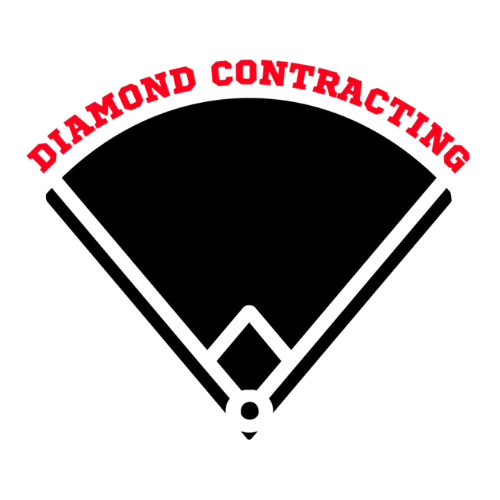Knowing the ins and outs of roof ventilation in Erie, PA, is vital for home maintenance. If you want your roof to last longer and save you money on energy bills, proper ventilation is a must. Having a solid understanding of roof ventilation systems from a roofing company like Diamond Contracting is crucial for homeowners who want to protect their investments.
Introduction to Roof Ventilation
When you open a vent in your roof, dry, stale air can enter your attic, and fresh air can exit. This is called roof ventilation. Maintaining this equilibrium is critical for protecting insulation from mildew, wood rot, and other problems caused by excessive moisture accumulation. Simply said, attics are healthier for the whole house when roof ventilation keeps them dry and airy.
Passive and active ventilation are the two main categories of roof ventilation. Vents installed at the roof's eaves and peak allow for passive ventilation, which depends on the building's natural airflow. Warm air can ascend and leave through these vents, while colder air can be drawn in from below. If passive ventilation isn't enough in your home, you may want to consider active ventilation, which uses mechanical methods like exhaust fans to increase airflow.
Optimal Roof Ventilation and Its Advantages
Proper ventilation of the roof is of the utmost significance. Its primary function is to aid in maintaining a comfortable attic temperature. The entire house can get heated in the summer without proper ventilation in the attic, which drives up the expense of air conditioning. A more comfortable indoor climate and lower energy bills are both achieved when homeowners install air vents that let hot air out.
Ice dams are also less likely to form in the winter when there is adequate ventilation in the roof. Dangerous ice dams can form when water from melted snow on the roof condenses at the eaves due to warm air trapped in the attic. Shingles, gutters, and even the roof's structure can take a serious beating from these ice formations. Ice dams are less likely to form when there is enough airflow to keep the roof surface cool.
Another important factor in extending the life of roofing materials is adequate ventilation. As time goes on, shingles and other roofing materials can deteriorate from being exposed to water. Homeowners can prevent weather-related damage to their roofs by keeping the airflow regulated.
Warning Signs of Inadequate Airflow
Homeowners need to know what to look for to know whether their roof isn't getting enough airflow. Condensation on windows, apparent mold or mildew growth, and higher energy bills are common signs. Also, if the attic is noticeably warmer than the outside air in the summer, it could mean that your ventilation system isn't doing its job.
Homeowners may occasionally find ceilings and walls with peeling paint or wallpaper. These could be symptoms of water buildup due to inadequate ventilation. Seek expert advice to assess the efficacy of the roof ventilation system if you notice any of these problems.
Breathe New Life Into Your Roof With Diamond Contracting
You can't afford to neglect roof ventilation as it is an essential part of house upkeep. Roof lifetime, energy efficiency, and indoor comfort are all impacted. In order to keep their systems running well, homeowners need to be aware of what their roof ventilation requirements are and act accordingly. They may ensure the longevity of their homes and assets by making sure there is good ventilation. To learn more about roofing in Erie, PA, visit Diamond Contracting!





